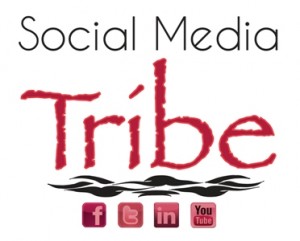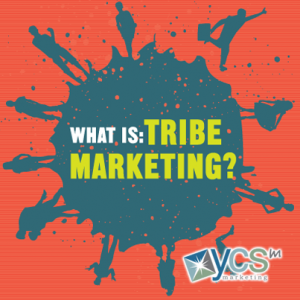Consumers do not seem to mind when a corporation supports environment and human rights issues but they draw the line when it comes to CEO’s openly supporting political views that conflict with their own.
In an article entitled, Papa John’s, Applebee’s And Others Pay Huge Price For Anti-Obamacare Politicking on Forbes.com, contributor Rick Ungar pointed out two major corporations, Applebees and Papa Johns, whose CEO chose to take a political stand in opposition of Obamacare. These companies have paid a costly price.
As covered—and criticized—in this column in great detail, Mr. Schnatter decided to mix his politics with his pepperoni when suggesting that he would be cutting the work hours for Papa John employees in order to bring them below the 30 hour per week threshold that would require Schnatter to provide his employees with healthcare benefits.
It turns out, the pizza eating public did not approve.
Indeed, so serious was the reaction that Schnatter was forced to publish an op-ed piece where he sought to convince us that he never really intended to cut back worker hours but had simply been speculating on what he might do in response to the legislation (Ungar, 2012).
When a corporation chooses to openly support an environmental or human rights issue, most consumers view the stance objectively and understand that at least the company is trying to give back to their community in some way.
Political issues, on the other hand, are not objective. Companies need to understand that they cater to a variety of politically diverse consumers who would prefer to get their pizza delivered to their door, in under 30 minutes and without a side of politics. It would be different if the pizza company marketed themselves as a right-wing or left-wing pizza company. Their consumer base would go into the business-consumer relationship knowing the corporate political views.
However, most companies realize that business and politics do not mix and prefer to keep their political position to themselves. By openly choosing a political side, you are taking the chance of eliminating at least half of your consumer base. Of course, you also have to consider the damage it does to the investor relations, as well.
Is one CEO’s openly political stance worth the cost?
Reference
Ungar, Rick. (2012, December 04). Forbes. Retrieved from Papa John’s, Applebee’s And Others Pay Huge Price For Anti-Obamacare Politicking: http://www.forbes.com/sites/rickungar/2012/12/04/papa-johns-applebees-and-others-pay-huge-price-for-anti-obamacare-politicking/
Global Strategy Group. (n.d.) [Infograph]. Retrieved from Business & Politics: Do They Mix?: http://globalstrategygroup.com/resources/businessandpoliticsdotheymix/







